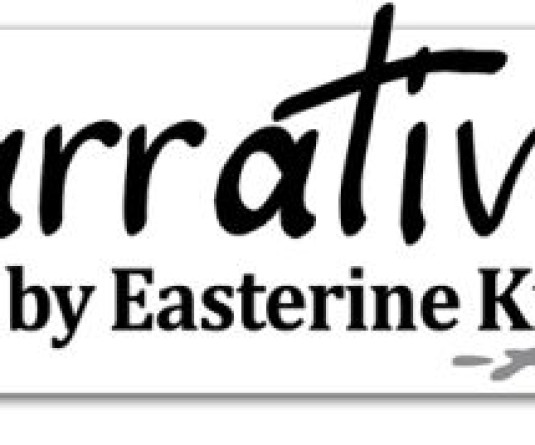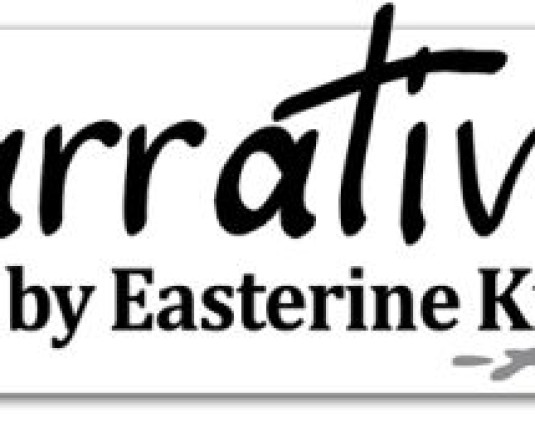
Keep yourself warm and your loved ones too. The cold spell has caught all of us unawares and we are having to eat our words, those of us who said we would never get to use our winter wardrobe this time. In the North, he is not called King Winter for nothing.
This week has been cold and wet and just a few degrees short of snow production. We would be okay with the cold if it magically snowed. Then everyone would rush outside in second hand woollen underwear and stockings layered with other woolly relatives called sweaters, plus jackets and fleece pants to watch the snow. Just goes to show how contradictory humans are. We say no to rain and cloudy weather, but yes to solidified rain.
Keep warm. How? Here are some simple remedies that work. Cotton wool. Cotton wool has superpowers not everybody is aware of. I recommend cutting out a strip of cotton wool 7 inches by 7 inches or whatever measurement suits your body size. Put it against your skin covering your throat from underneath your chin and spreading it over your chest area, the thorax part. Getting a little thoraxic works very well for generating warmth. Cotton wool is such a great insulating material in all kinds of cold weather. You can try this out on elderly relatives. Another tip is to wash your feet, dry them off quickly and apply warm oil. It is a veryeffective method for warming up cold feet.
Keep the joints warm. Knit wristlets. This is an excellent trick writers use. Knit a wristlet measuring 5 to 6 inches and cast off. You can choose to knit it tight so it can be snug around your wrist but a slightly looser wristlet also works. The border pattern of two knit, two purl is perfect for wristlets as this kind of pattern automatically tightens the piece around the user’s wrist. Wearing the wristlets around your wrists preserves body heat and helps you write longer periods.
Broths are good, broths are very good. Comfort food. Always with a bit of meat in like beef broth with potatoes and carrots and a spoon of Kikkoman. Have big chunks of Jadial Bakery bread and dollops of butter to go with it. Not being a fan of chilli, I hesitate to recommend it, but chilli loving friends and family members swear by it. So, if you like it hot, bring out the raja mircha and let it travel through your middles. Actually, any hot meal is good for bringing up body heat; it does not have to be a particular kind of food. Warm is the key. Our grandmother once cooked an amazing meal. Into her earthen pot went slivers of elephant hide, broken rice, a handful of dried laipatta, and probably a few dried rozelle leaves and country garlic. I can still see the steam rising from that aromatic and nourishing meal. Certainly, it kept all of us warm on rainy, wintry afternoons like today, and I highly recommend it. But I am afraid there is one ingredient that may not be available in the market – elephant hide. The one we ate was shared among the whole clan in Khonoma village after a hunter or a group of hunters shot an elephant that was too old to work, and they decided to use the meat, seeing that it was a great deal of meat. If you go to the village, and ask about it, chances are very high that you will meet people in my generation, who can remember what elephant hide tastes like. I can, of course, also tell you. Elephant hide is rubbery in texture, chewy and does not taste meaty. It was exotic when we were eating it because really, when can you tell your mates at school you had elephant for dinner? And mean it.
It says a lot for Naga ingenuity. A dead elephant means meat for the village. A crashed aeroplane means spoons from the debris. That happened before the elephant. Villagers recovered the broken wings of an aeroplane that had crashed in their hills, and promptly used the metal to make some of the best cutlery found in the village. As far as I know, the spoons are still being put to gooduse.






